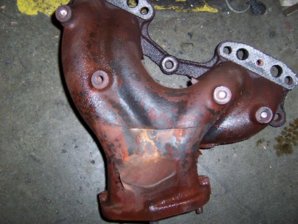rattlecanpaint
Well-Known Member
- Joined
- Apr 18, 2005
- Location
- Winston Salem
Got a Weber carb for my 22R and after looking at all those vacuum lines on the stocker, I wonder why they had 8-10 different places on the carb for vacuum lines to come from and not just one like the Weber. Anyone know the inside details of the carb? As in, does it give vacuum at different times to the different ports to actuate different items?
Those of you who did away with the stock carb and the malaria germ looking gob of vacuum lines, What did you do with the EGR, PCV and other stuff that all those vacuum lines controlled? Eliminate, leave it there or make it work?
Those of you who did away with the stock carb and the malaria germ looking gob of vacuum lines, What did you do with the EGR, PCV and other stuff that all those vacuum lines controlled? Eliminate, leave it there or make it work?




